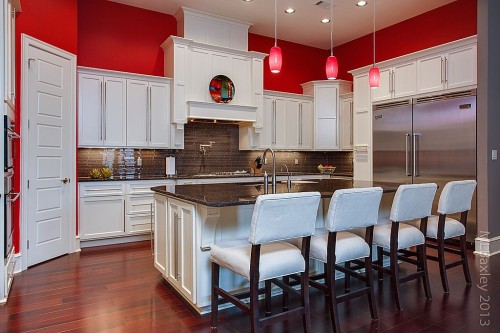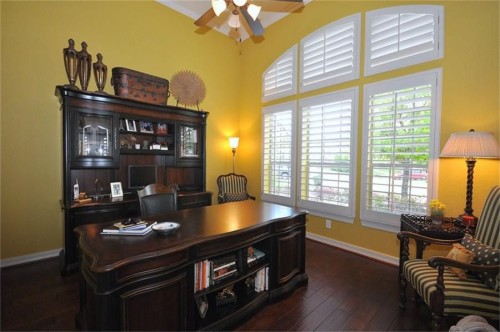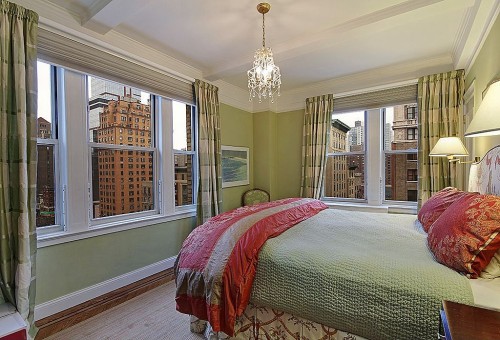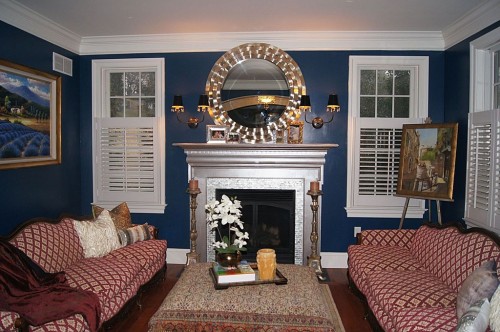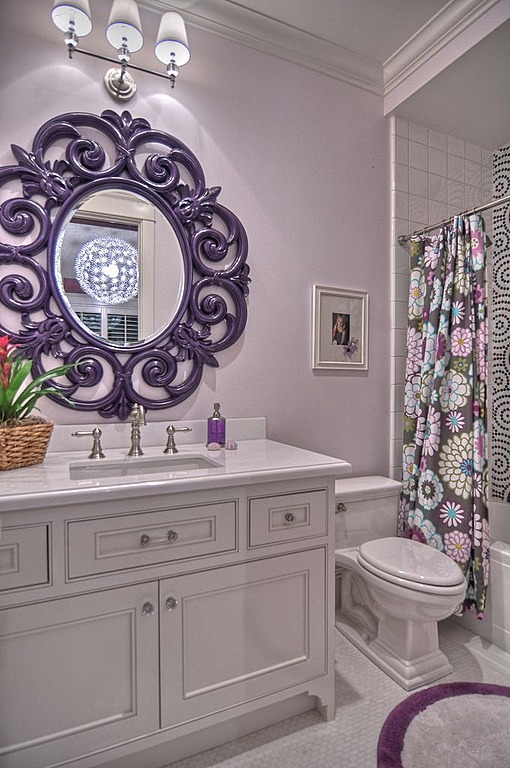Feeling uninspired in your creative life? Wish you could sleep better at night? Repainting your walls and redecorating with a new color scheme could be the solution — or at least the first step in getting out of your rut.
While color is not a magical solution to solving all of our problems, it does affect our mood and outlook, sometimes without us even realizing it. The advertising world, for example, takes advantage of our physical and psychological reaction to certain colors; most action movie posters have a blue and orange hue, and fast-food restaurants combine red and yellow to increase diners’ appetites.
Here are a few ways you can use color to create the mood you desire:
Red
Red is often associated with passion, excitement and love, which means that it can be the perfect shade for your bedroom, kitchen or creative space. Darker hues indicate elegance, while red in its purest form communicates a vibrant energy. Red is an extremely powerful color, so be careful of overdoing it and turning your room into a living furnace. Balance it out with neutral colors, pair with blue and white for nautical tones or add dashes of green decor for a natural complement.
Orange
Orange can have much of the same effect as red and yellow, but can give your home a much quirkier feel, as it’s not used as often as the other two. Orange is also more inviting and a gentler way of greeting your guests than the bolder red. Go for dark hues if you’re aiming for a cozy, autumn feeling in your living room, or bright shades if you want to re-create the excitement of summer. Optimal rooms for an orange theme include the living room, dining room, kitchen or a child’s room.
Yellow
Yellow is easily the most uplifting color in the spectrum and is associated with cheer, joy and happiness. Paint your kitchen, bedroom or office yellow to inspire creativity and instantly de-gloom even the most windowless of rooms. If you don’t live in mostly sunny areas, use yellow as your secret weapon and invest in some mirrors to perpetuate openness and space.
Green
In addition to being the natural color of most vegetables and thus associated with health, green also has a calming effect and can inspire balance. Green is also closely related to fecundity and growth, and can greatly maximize the creative aura of your home office or creative space. If you’re not quite committed to painting the walls green just yet, try populating the room with plants instead.
Blue
Keep blue, gray and black out of the kitchen and dining room, as these are the most unappetizing colors. Blue can be a perfect hue for bathrooms and bedrooms, encouraging feelings of serenity and peace. If you have trouble sleeping or feel frenetic at night, paint your walls blue to trick your mind into slowing down.
While many do associate it with sadness, remember that the specific shade of blue can have different meanings, including a host of religious connotations for many different cultures. Overall, a lighter blue can be refreshing and hip, while darker shades in a main living area are stable and strong.
Purple
This is an extremely energetic color in its purest form, which is why many feng shui experts advise against painting walls purple or going overboard with purple decorations. Rather than a strong purple, opt for more muted shades like lavender or pink.
Pink is obviously often related to love, but can also be a gentler and more delicate option for purple enthusiasts. Pair with yellow-green for a dramatic pop, or black for a classy effect with just the right amount of flair.

